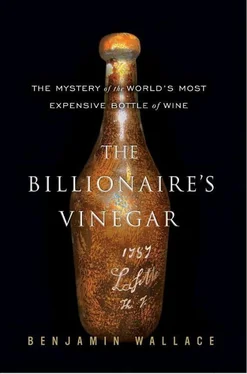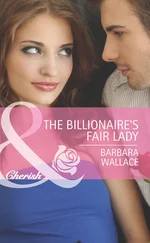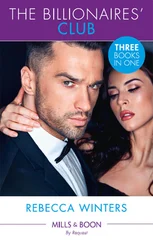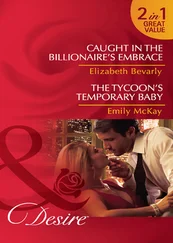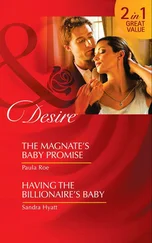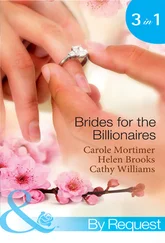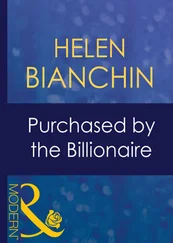Other key members of this group included Geoffrey Troy, an oenophile who ran a company that trucked automobiles around the United States; collector Edward M. Lazarus, a lawyer of right-leaning political convictions (at a vertical tasting of the Spanish cult wine Vega Sicilia, he proposed a toast to “El Caudillo”—the dictator Francisco Franco); Dennis Foley, an auctioneer at Butterfield & Butterfield in San Francisco who advised Gordon Getty on his wine purchases; collector John Tilson, an investment banker who, with Foley, published the newsletter Rarities; and Albert Givton, an Israel-raised Canadian who also published a wine newsletter. They were many of the same people who for several years had held an annual tasting jointly with their German counterparts. Desai’s events often included bottles sourced from Rodenstock.
These were experienced tasters, and many of them weren’t that awed by Europeans like “Rodey,” as Lazarus sardonically referred to the German, or even Broadbent. After a tasting run by the British auctioneer in October 1983, Givton snarled to his diary that the event had been “very poorly organized” by “His Majesty,” signing off, “Bon Voyage!” The two men would soon square off on the letters page of Decanter, where Broadbent, disregarding the fact that Givton had grown up in Jerusalem, wrote that “the North American palate… has a built-in preference for the obvious.” As for Rodenstock, Givton was suspicious from their first encounter, at the September 1985 German-American Rarities Group tasting in San Francisco, where Ralf Frenzel decanted many of the wines and frequently whispered into his master’s ear. At a Mouton vertical during the four-day event, Rodenstock was able to guess the 1945 correctly, even though Givton found it odd-tasting and impossible to identify.
“How could he have known that this poor bottle was the 1945?” Givton wrote in his diary. “Anyway, this German wine collector makes me nervous. I can’t quite figure him out. He seems too sleek.”
In 1987, Troy and Lazarus organized a vertical of Mouton, back to 1853, in Los Angeles. Among the bottles was an 1865 bought from Rodenstock, via Desai, for a substantial sum. Several tasters found the wine bizarrely young; one noted that it had a pronounced cabernet franc character, odd for a wine that made scant use of that grape. Troy was certain, after examining the cork, that the wine was a fake. The style of the branding, and the quality of the vintage lettering, made it clear that someone had drawn the cork from a young Mouton, sanded off the vintage, and inked “1865” in its place. Troy stopped short of fingering Rodenstock as the faker, allowing for the possibility that Rodenstock had himself been duped by whoever sold him the bottle. Troy asked Desai for his money back, but nothing came of it.
In Los Angeles a week later, Desai hosted a vertical of Pichon Lalande, one of the so-called Super Seconds, second-growth Bordeaux often of a quality equal to the first growths. Among the bottles in the lineup were two from Rodenstock: an 1893 double magnum and a 1900 magnum, both purportedly from his big Venezuelan find. David Molyneux-Berry, the Englishman who headed Sotheby’s wine department, was a guest of honor at the Pichon tasting, and he stood up to talk about the château’s wines. As he spoke, someone came up behind him, tapped him on the shoulder, and put a cork in his hand. It said “1893” and bore the château brand. But it was oddly short. After he finished speaking, Molyneux-Berry showed the cork to May-Eliane de Lencquesaing, the château’s proprietress. She told him, “We just don’t use corks like that.”
Troy, who had spotted the fake at the Mouton tasting a week earlier, examined the cork from the magnum of 1900 Pichon Lalande and saw that it was strikingly like the Mouton cork he believed to be bogus, with a vintage obviously sanded off and replaced with an uncharacteristically faint “1900.” The wine itself tasted thirty years old. “It was outrageously young,” Molyneux-Berry recalled. Another Englishman, John Avery, an old old-wine hand whose family had been in the wine business in Bristol since the eighteenth century, stood up and said, simply, “These two bottles are not real.” Seasoned collector Ed Lazarus was puzzled by the “vanilla-chocolate-mint aroma,” later writing of the two bottles, “I had never experienced anything remotely similar in an older Bordeaux, or in fact anywhere else, except perhaps at a Baskin-Robbins ice cream shop.”
A similar outcry happened that year at a commercial tasting in Beverly Hills organized by Desai, a fifty-eight-vintage vertical of Margaux that included the 1771 and 1791 vintages. The latter had been supplied by Rodenstock, gratis, when he saw Desai in Germany; Rodenstock said both were from his Venezuelan haul. Carrying them back to the States, Desai sweated through customs, fearful of being hit with a massive antiques duty. The customs agent disappeared for a while; when he returned, he said he’d called a dozen wine stores, asking how much a “typical” 1771 and 1791 Margaux were worth. They all laughed at him. He ended up charging Desai less than a dollar, basing his calculation on the amount of liquid in the bottles rather than their age.
At the tasting, Desai remarked that the older wines smelled like an old Hindu temple. “Because there are a lot of droppings from bats in those temples,” Desai recalled. “That’s all I meant, but it was quoted several times and was taken as if I meant it was really spiritual and mysterious.” A number of tasters found the bottles surprisingly youthful.
Controversy flared up in 1989 at yet another Desai event, a vertical of Figeac, a St. Emilion property which abuts the more famous Cheval Blanc and is unusual in making a right-bank wine dominated by cabernet sauvignon and cabernet franc rather than merlot. At the tasting, which took place in Paris, a magnum of 1905 brought by Rodenstock struck many participants as atypical, being strangely youthful, full-hued, and uncharacteristic in flavor. Edmund Penning-Rowsell, the dean of English wine writers, yelled out that it was “a complete fraud.” Rodenstock, put on the spot, declared that he had bought the magnum at Butterfield & Butterfield the year before, but the San Francisco auction house subsequently reported that it hadn’t sold a 1905 Figeac in the last four years. At that point Rodenstock said he had made a mistake: he had actually bought it in 1987 at Christie’s Chicago, and he produced a receipt from the sale. The wine had been advertised as a bottle, but Rodenstock said this was an error and it had turned out to be a magnum. Desai was convinced by the documentation, and thought, in any case, that it would have been ridiculous to fake a 1905, an off-vintage. He noted that Rodenstock had given him the bottle at no cost.
Around the same time, an assemblage of Pétrus from the best vintages of the 1920s and 1930s, all in large formats such as Jéroboams and double magnums, came on the market, at a per-bottle price in excess of $20,000. Ed Lazarus, asked by a prospective buyer to authenticate them, was immediately suspicious. Despite decades of experience with old and rare wines, he had never encountered large-format, pre–World War II Pétrus. Neither had Dennis Foley, the San Francisco auctioneer. Harry Waugh, the eightysomething eminence grise of wine who had been one of the first English merchants to import Pétrus, said he never even heard of such bottles existing and was skeptical that any did. Christian Moueix, the proprietor of Pétrus, echoed this opinion. And the unnamed seller, according to Rarities, the short-lived newsletter that served as the Group’s unofficial house organ, refused to allow on-site inspection of the bottles, declaring it “out of the question!”
Читать дальше
